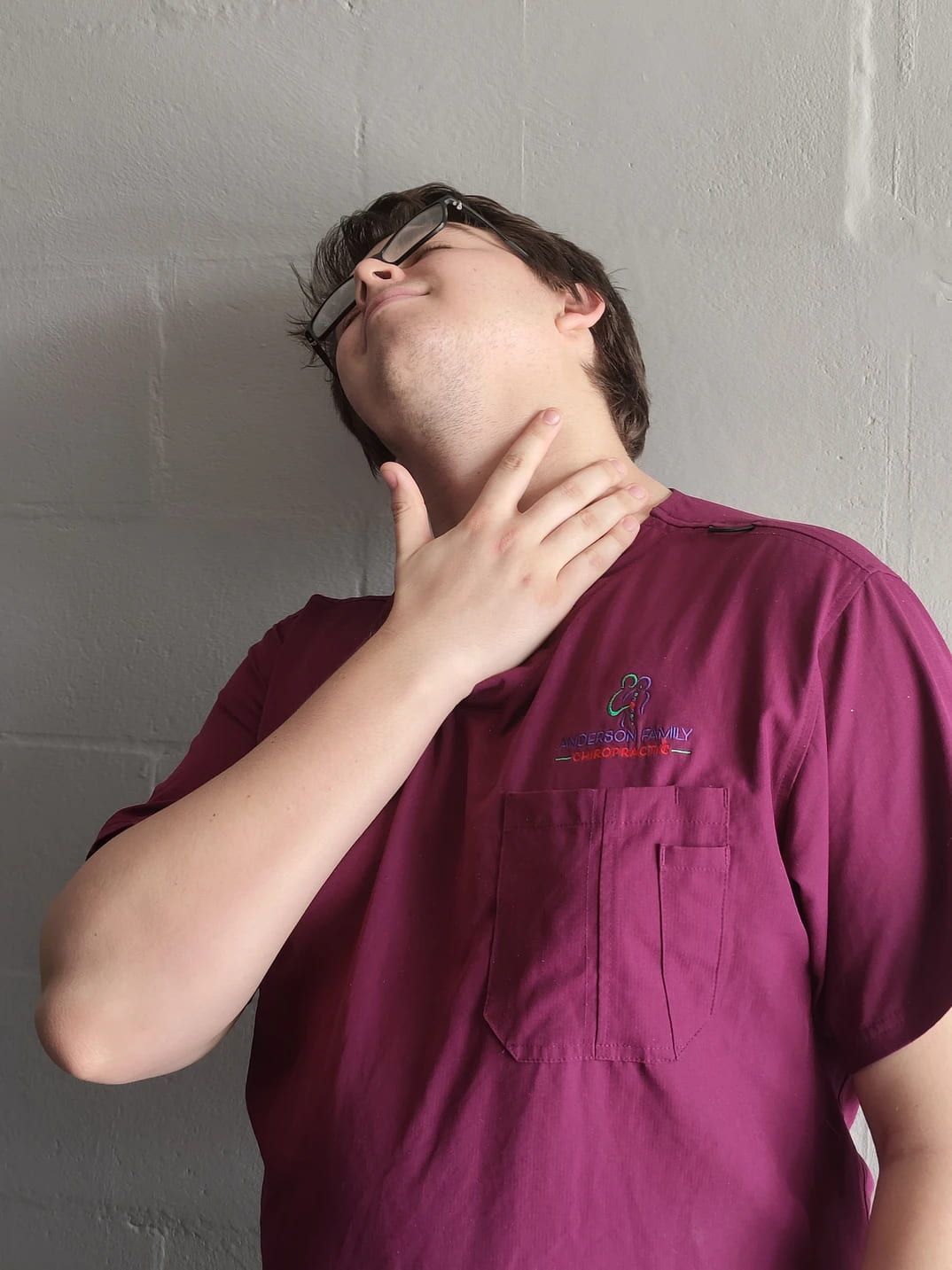Acute Torticollis: the how, what and why of wry (neck)
Hi all, Dr Lucas here. Over the last few months we have been pretty busy in the clinic with both the expansion and renovation into the space next door, and with patients coming in for treatment and care. However, something that intrigued me within the period was how many people of Mackay were coming in with less common issues. In the case of “wry neck”, I have seen more people within 2 weeks than 3 months with the condition. As such, I felt that I should clear up some of the misconceptions and educate those who may be wondering; What is “wry neck”?
Acute Spasmodic Torticollis, aka “wry neck”, is a condition which is surrounded with mystery as to what exactly causes it to come on for normal people. Torticollis in general has many causes for afflicted people according to Goel, A 2019, such as structural changes to the bone and muscle in the neck from birth trauma or incorrect healing, however for most people it comes on randomly and people mostly just wake with it one day for no reason. There have been a few cases in which infection and swelling of lymph nodes has caused temporary symptoms for a day or two, but spasmodic torticollis usually lasts anywhere from 7-12 days. In the spasmodic cases, symptoms include a painful twisting and bending of the neck with the neck stuck in that position and headaches. This can sometimes also happen from holding a fixed position for long periods, such as reading, desk or computer work or couch potatoing (unfortunately for those in quarantine).
The scientific reason for this type of muscle spasm is due to a phenomenon known as “viscoelastic creep”. This occurs due to the structure of the muscle and the way muscles contract. Muscles are made up of long fibres which have microscopic “hooks” on them. When they contract and hold, the muscles drag themselves further up each other, then the hooks on either side catch each other and hold strong. Once the impulse controlling the muscle tells it to let go, it releases the hooks and returns to its normal position. However for long periods of fixed contraction, sometimes the muscle doesn’t unhook and holds its tight position, which in the Sternocleidomastoid muscle (front of the neck slightly off centre to the collar bone) causes the stuck position which defines “wry neck” (head down, pulled to one side looking towards the armpit).
However, although it may feel like you are completely stuck and immobile, there are treatment modalities which can help calm down the spasm and tension. Since this is a biomechanical problem, it is something that is very commonly treated by chiropractors. We do this by using mobilisations and adjustments to help move the stuck joints and improve their motion, as well as using massage and stretching to help loosen affected muscles and gently to bring the neck back to its original position. If you or anyone you know tends to get a very stiff neck or shoulders, or you find you wake up with a wry neck, contact us at Anderson Family Chiropractic in Mackay on 07 4942 6930 to organise a consultation and treatment with our chiropractors or massage therapists.
Goel A. (2019). Torticollis and rotatory atlantoaxial dislocation: A clinical review. Journal of craniovertebral junction & spine, 10(2), 77–87. https://doi.org/10.4103/jcvjs.JCVJS_40_19










